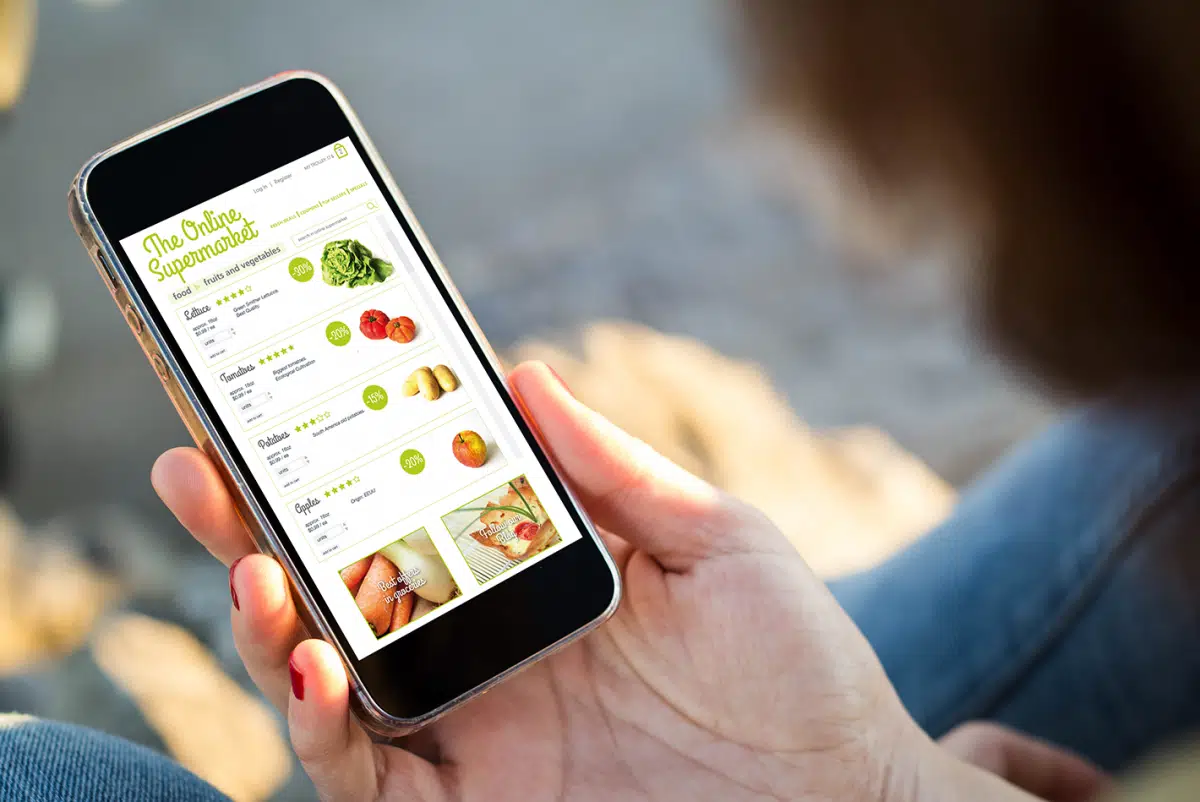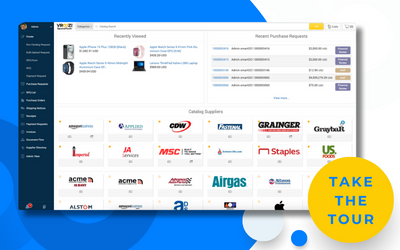
COVID-19 has fundamentally transformed consumer behavior and fast-tracked supermarkets and grocers into the express lane of digitization. As customer spending is redirected from restaurants to neighborhood markets, grocers are adapting front-end operations to meet new consumer expectations, including demands for e-commerce, delivery, service-related apps, automated checkout and more.
Here are seven ways front-end developments are impacting the industry today:
1. Reduced in-store activity:
The number of consumers who lowered their overall in-person grocery activity spiked from 9% in early March to 76.5% by the end of the month.
2. Increased use of digital channels:
Online grocery sales for home delivery and pickup reached $6.6 billion in May, up 65% from $4 billion in March.
3. Product shortages:
With 44% of shoppers spending more money than usual on groceries, retailers have struggled to keep products available.
4. More required personnel:
As of mid-April, job postings for grocery stores increased by 12% year-over-year, with many hiring for personal shopper and delivery positions.
5. Changing customer needs:
Large-box retailers are seeing more consumers who would prefer to buy in bulk, impacting typical re-stocking patterns.
6. Use of in-store inventory:
Many stores are turning to fulfill orders out of stores as opposed to their warehouses.
7. The need for speed:
32% of consumers are shopping faster in stores, leading to increased pressure on retailers to provide a quick and easy experience.
To keep pace in the current market, strategic leaders are turning to digitization – and the results are paying off.
Digitizing back-end operations – particularly in procurement and financial departments – provides adaptability and scalability, enabling grocers to keep up with demand, retain customers and protect their supply chain. A modern procurement platform automates costly and manual processes like supplier communication, invoice management and purchase orders. This creates profitable growth and significant cost savings in a low-margin market. But the benefits go beyond the bottom line. Financial automation frees up personnel to think strategically across all aspects of the business, including innovation, sales and marketing, so they can uncover big picture wins that create better customer experience and improve loyalty.
For today’s grocers, a simple and intuitive multi-channel platform is key to elevating and digitizing operations.
Ready to discover the five areas grocers should digitize first?
Check out our latest report: Today’s Supermarket of the Future: A Post-Pandemic Front End Requires a Digitized Back End.

